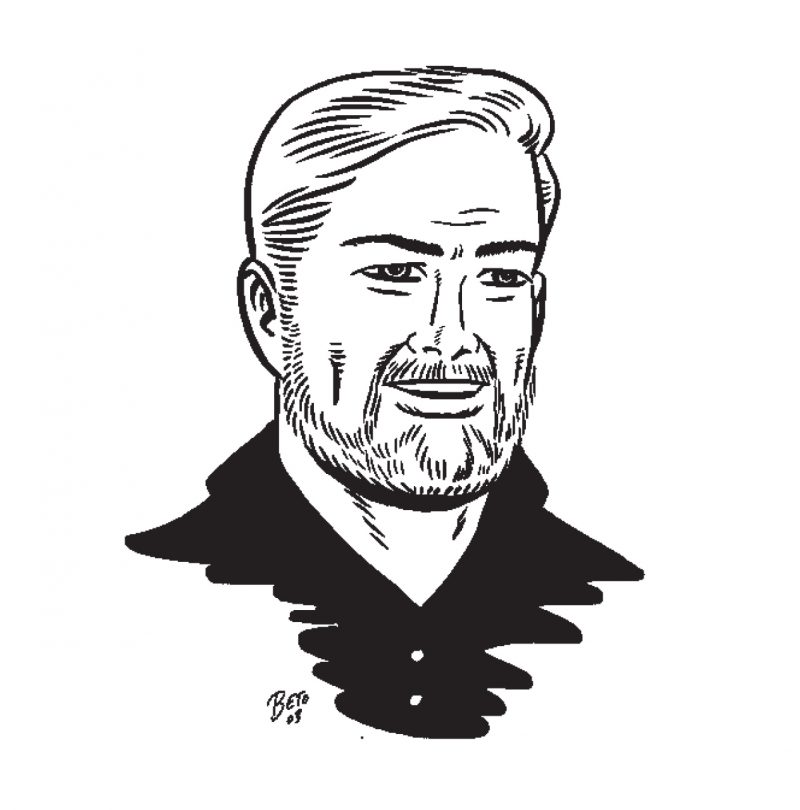I. THE VIKING IN NEW YORK
(DECEMBER, 2001)
In the Icelandic Sagas, the Viking explorer Ingolf Arnarson departed Norway c. 874, looking for plunder and territory. With the genetic fortitude of an ox crossed with a great white shark, Arnarson and his Vikings sailed out in long boats, carrying swords, a few goats, and a hallucinogenic root they chewed that made them go berserk in battle. First, they grabbed women in Scotland and Ireland before heading northwest toward a mysterious island found a few years earlier by Viking marauders far off in the murk, where legend said monsters and mermaids lurked deep in the frigid sea beyond the edge of the Earth.
I first met Kari Stefansson in New York City in December, 2001, at the New York Academy of Sciences headquarters at Sixty-third and Fifth Avenue. Lean and six feet four inches with a pointed, white beard, the fifty-four-year-old Stefansson is a direct descendant of Arnarson (and of Erik the Red and Leif Eriksson). Lately, he had been embarking on his own saga, this time into the murky unknown of nucleotides and entrepreneurism. Trained as a physician in Iceland, he was medium famous in genetics circles at Harvard University as a neurologist delving into the mechanics of multiple sclerosis and other neurological disorders. Before scientists could easily study DNA, he cut open the brains of people who had died from MS and other maladies of the mind. After several years of slow progress, however, Stefansson found the academic approach maddeningly slow and too small-scale.
In 1996, Stefansson returned to Iceland to found deCode Genetics. Raising $12 million—and later hundreds of millions more—he became an instant rock star in Reykjavík, the second most famous Icelander after Björk. In Reykjavík, he built a fantastic genetic palace of blond wood and glass for his company, one of the largest structures in Iceland. Stefansson’s idea was to peruse the genetics of Iceland’s entire population of 290,000 people, looking for patterns in genes that cause schizophrenia, asthma, Alzheimer’s, anxiety, and dozens of other maladies. Thanks to meticulous genealogical records kept for 1,000 years in Iceland and written in the Islendingabok, the “Book of Icelanders,” Stefansson could tap into the records of 680,000 people who had lived on the island since Arnarson, using computers to pick out how families inherited disease. More controversially, he convinced the Althing, Iceland’s parliament, to release Icelanders’ individual medical records to him—with consent, and as long as the details were kept private.
Now, in New York five years later, Stefansson was explaining to investors and journalists the details of a $300 million deal with F. Hoffmann-La Roche, in which deCode agreed to...
You have reached your article limit
Sign up for a digital subscription and continue reading all new issues, plus our entire archives, for just $1.50/month.
Already a subscriber? Sign in





